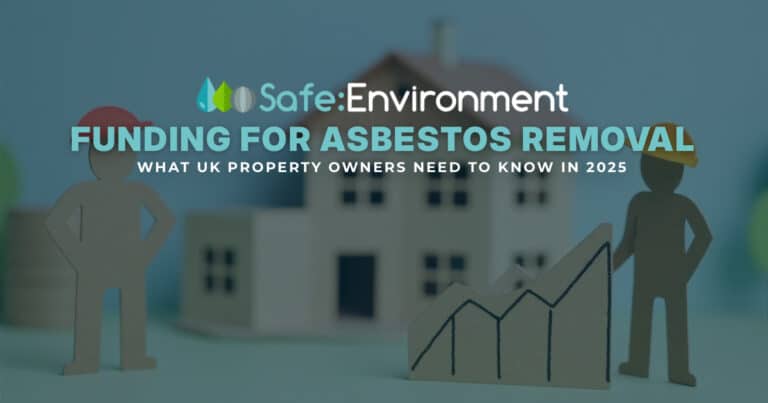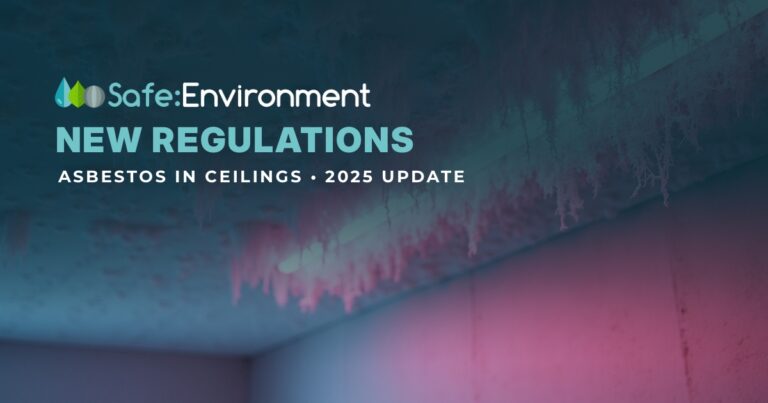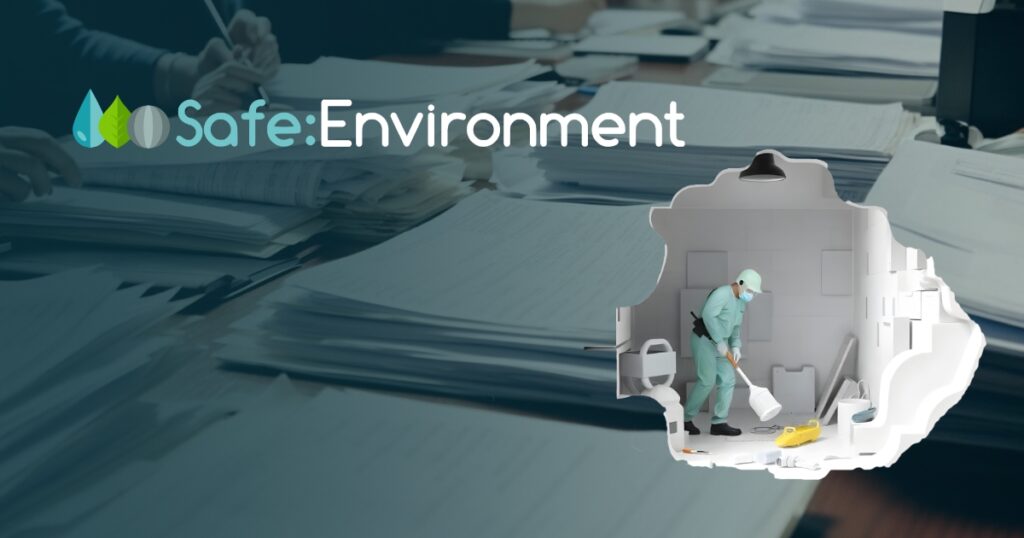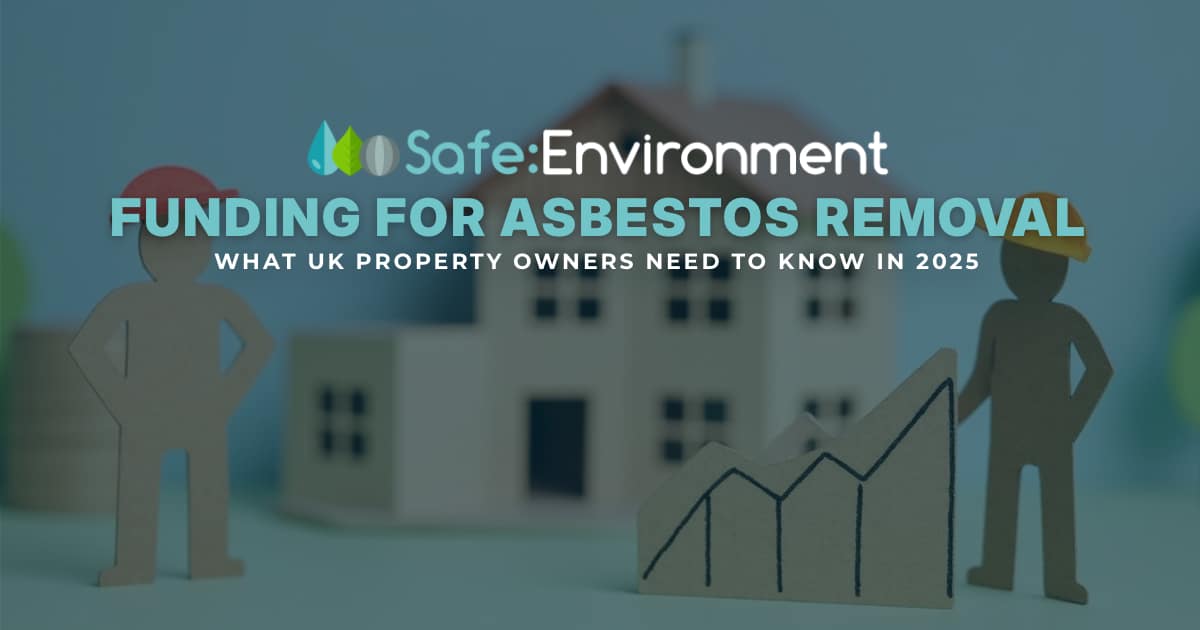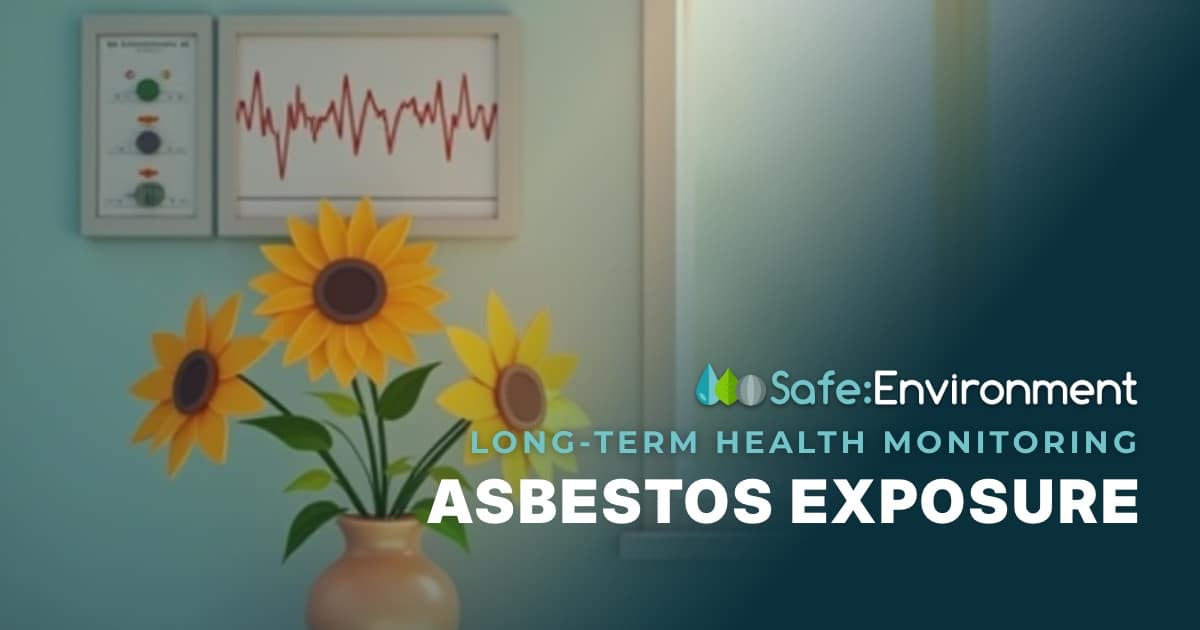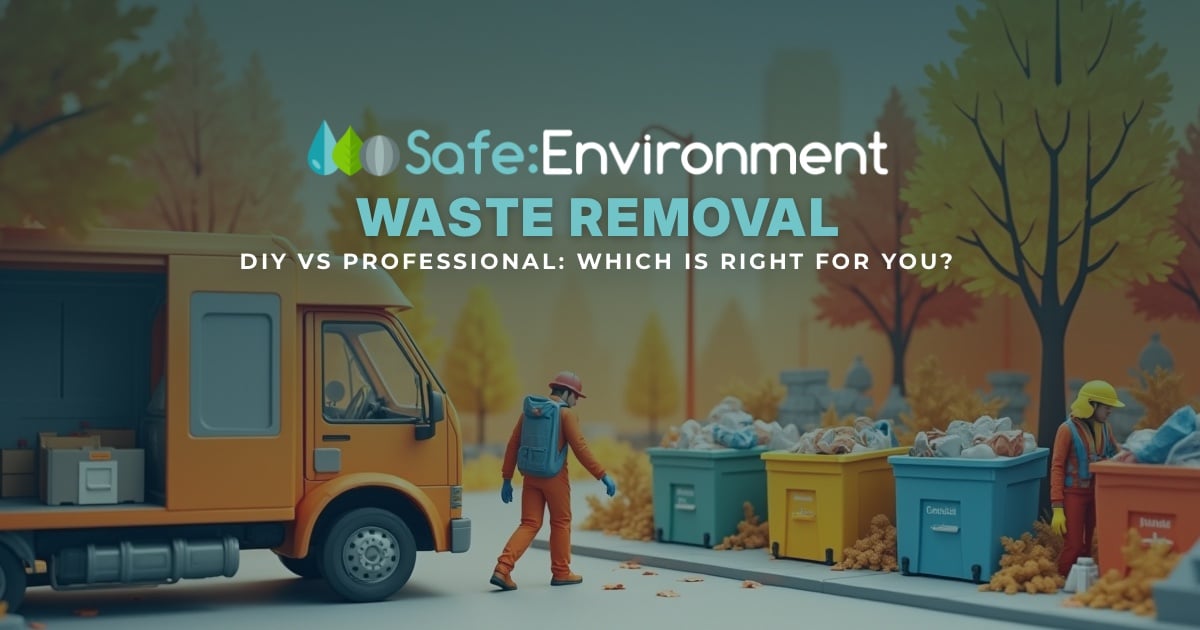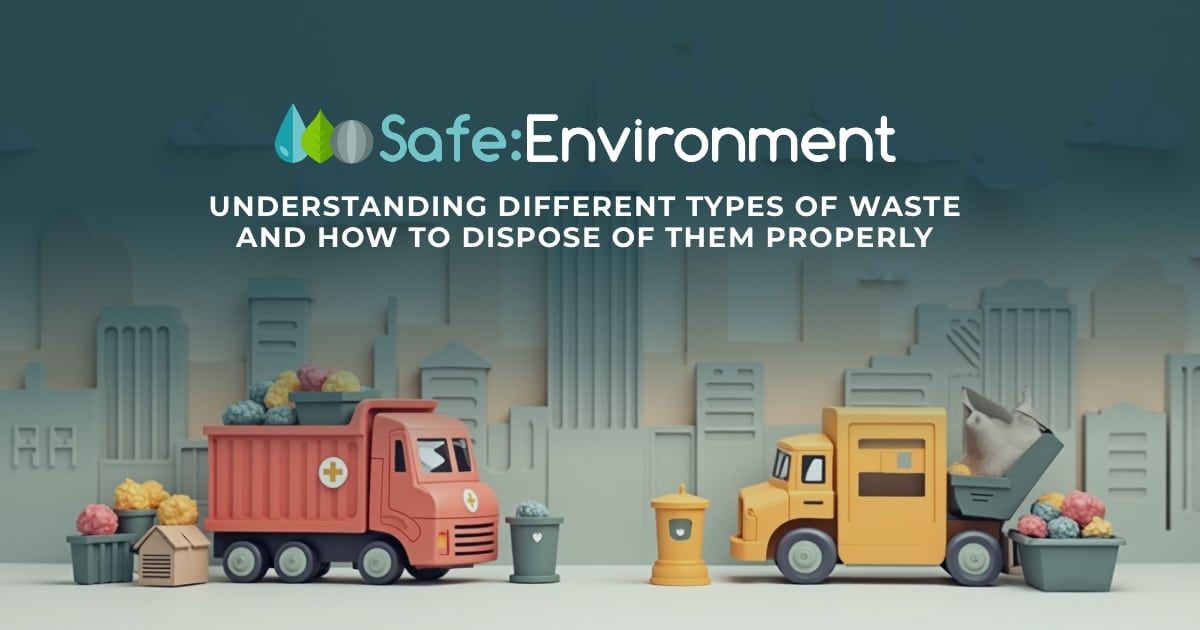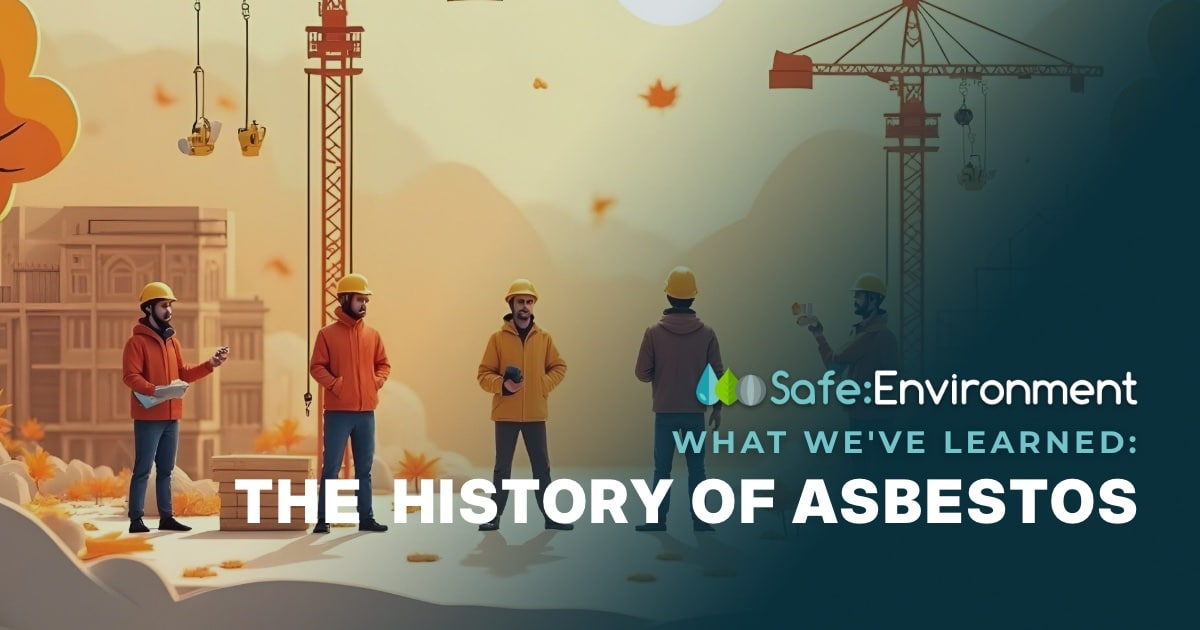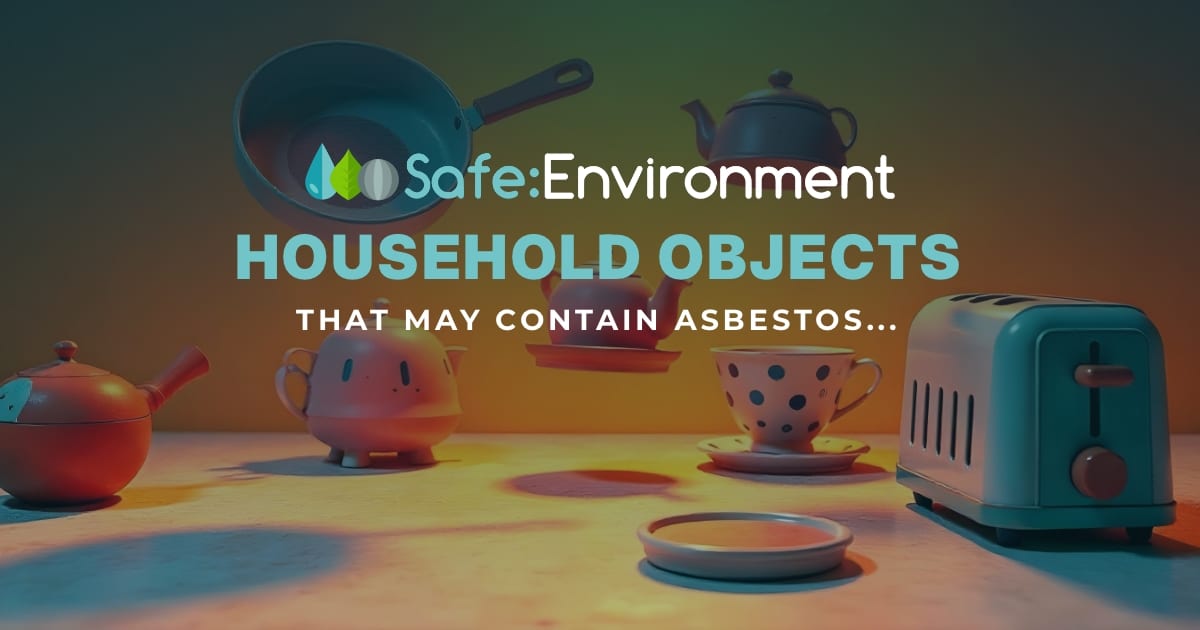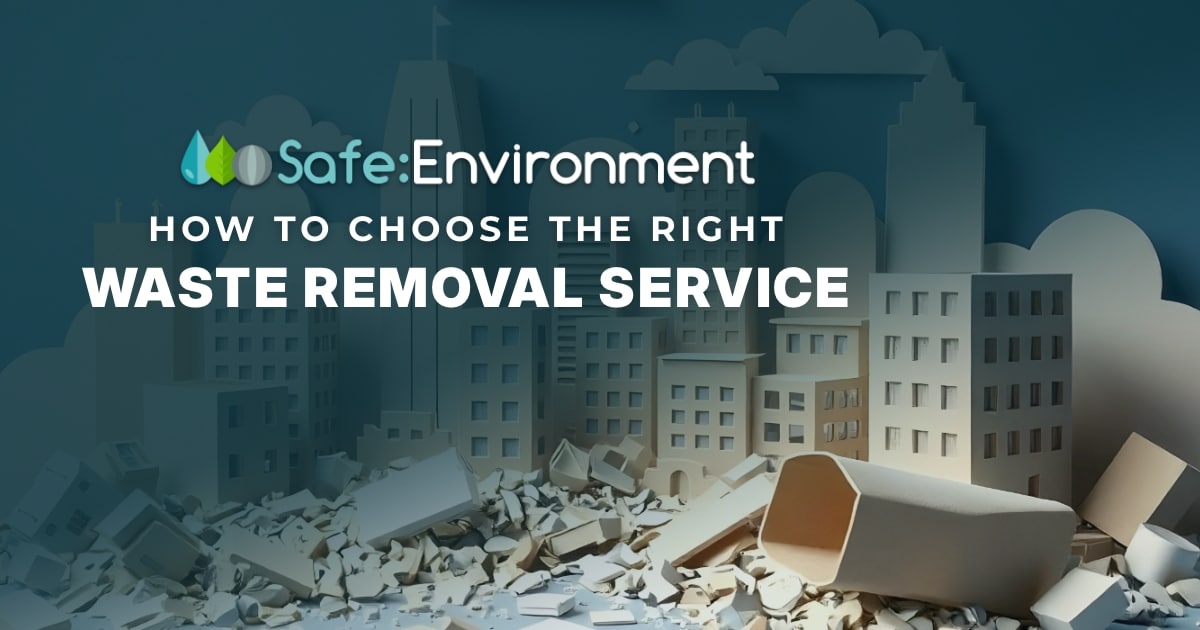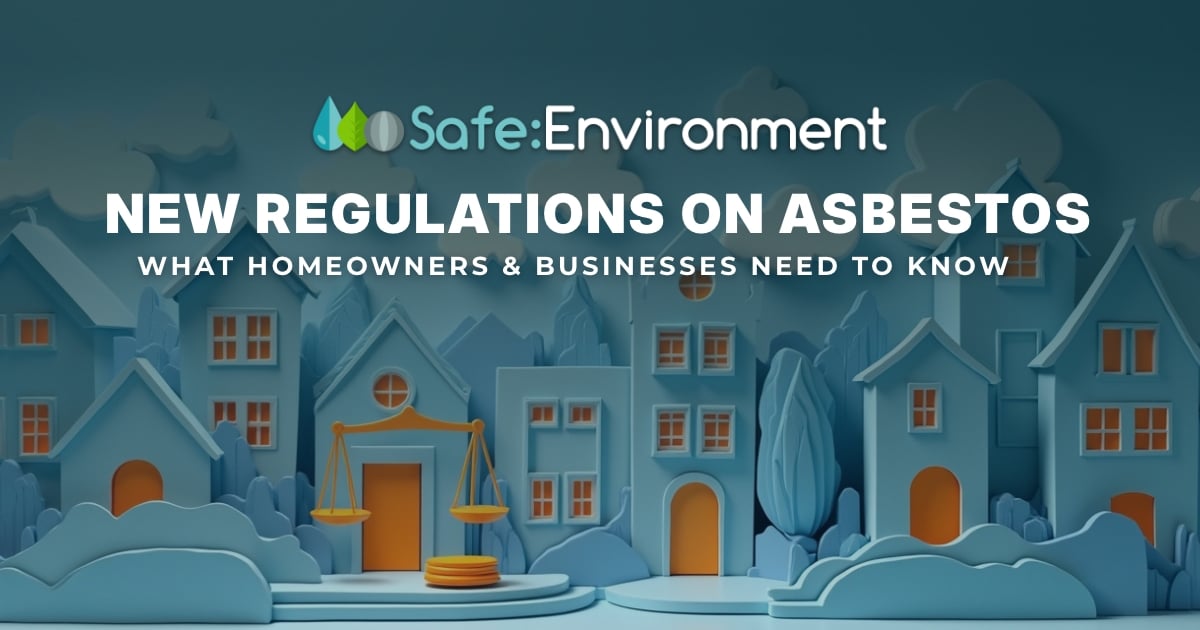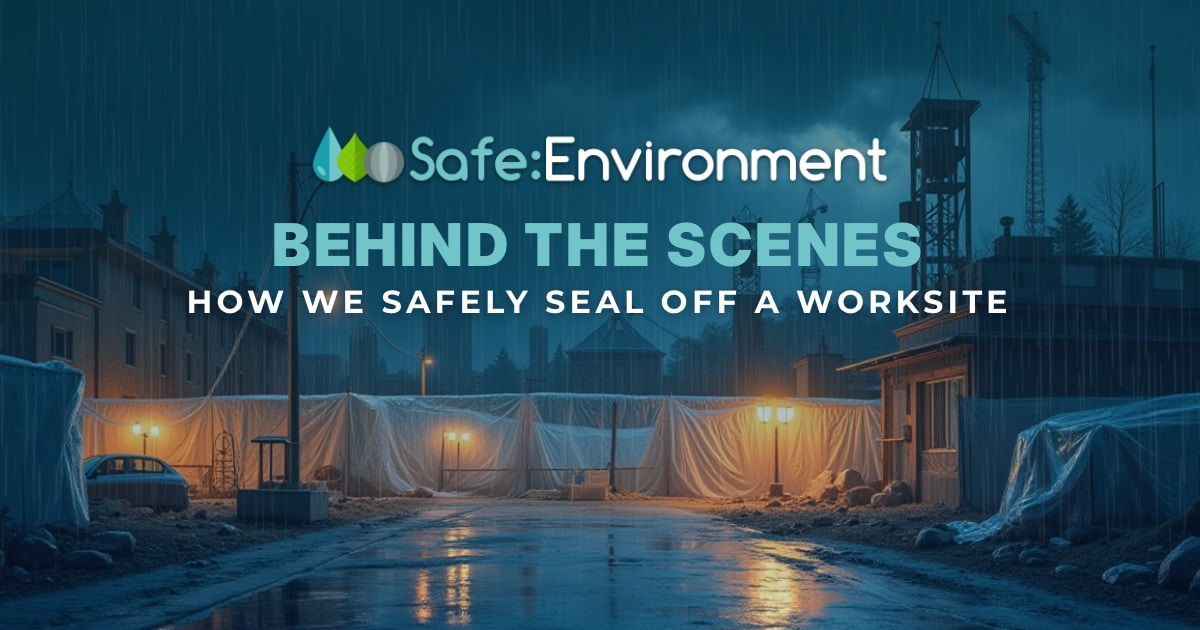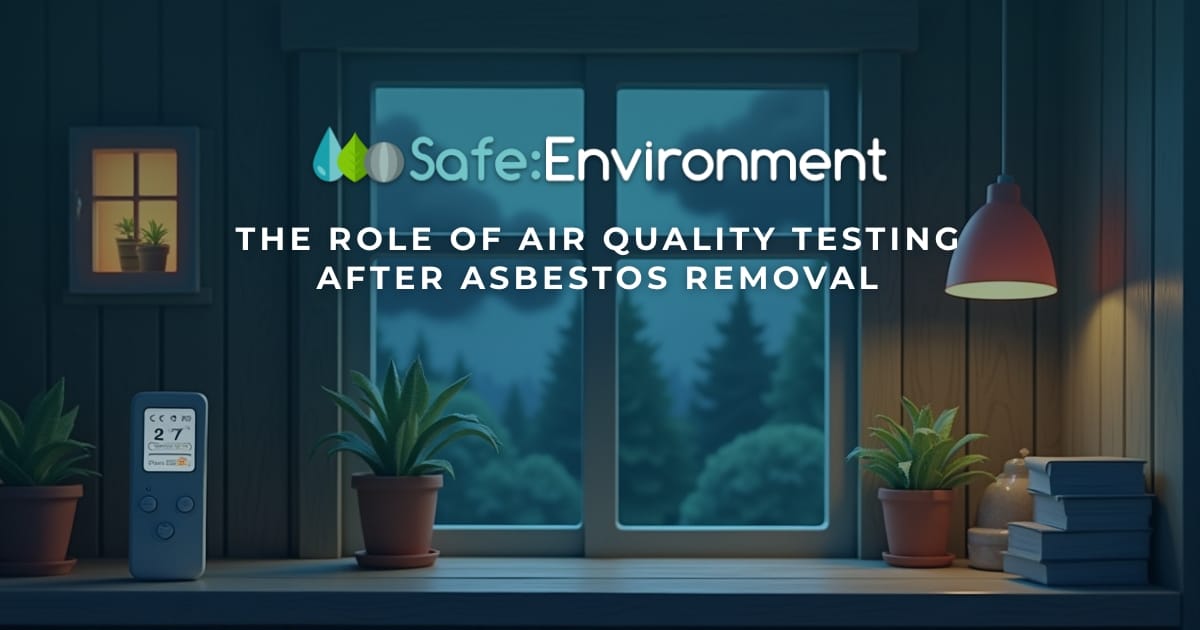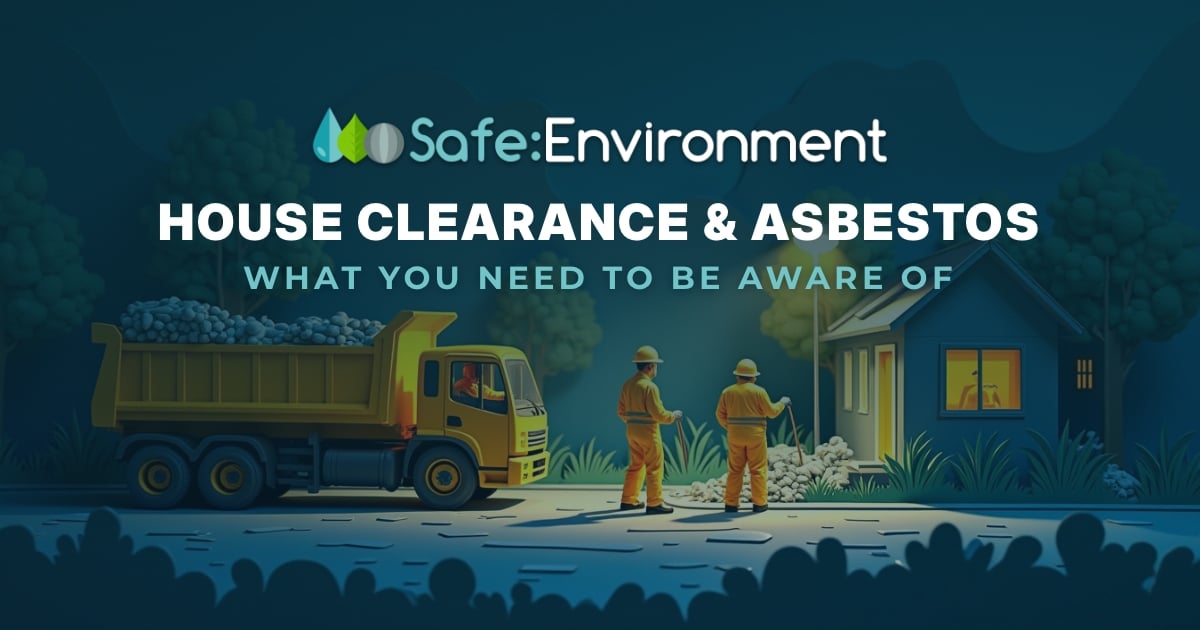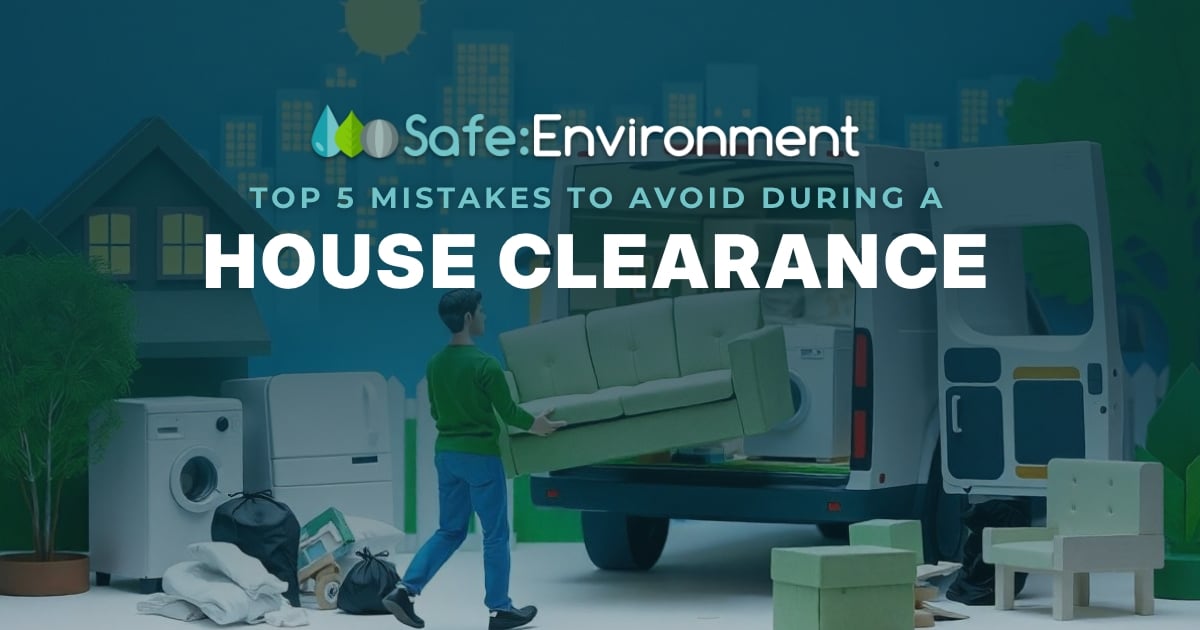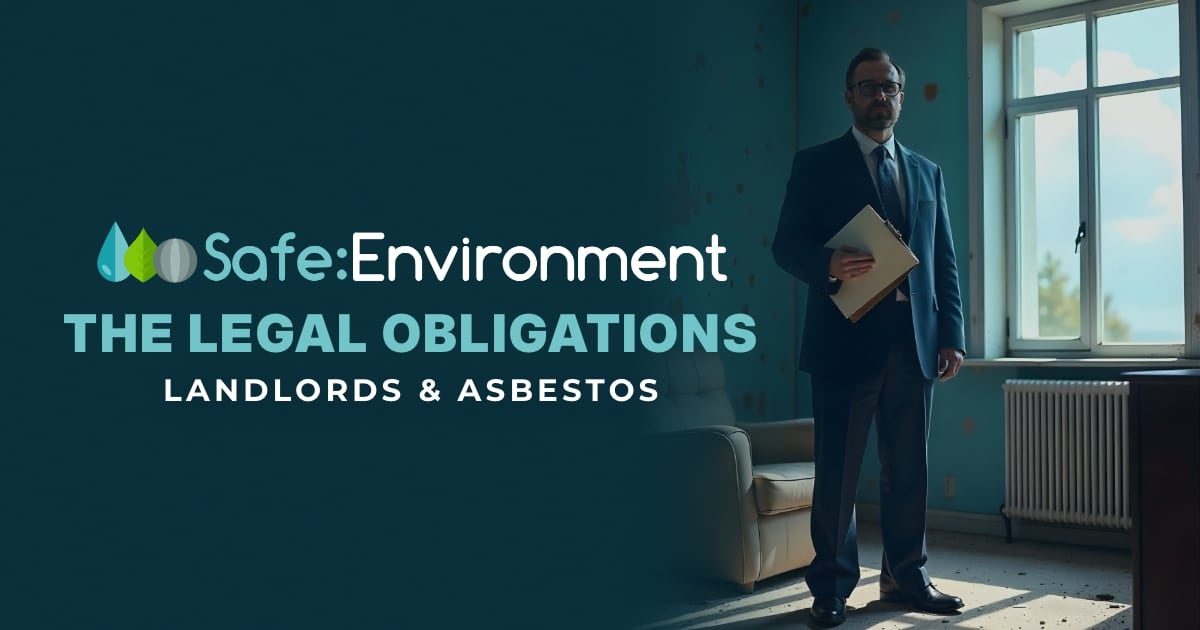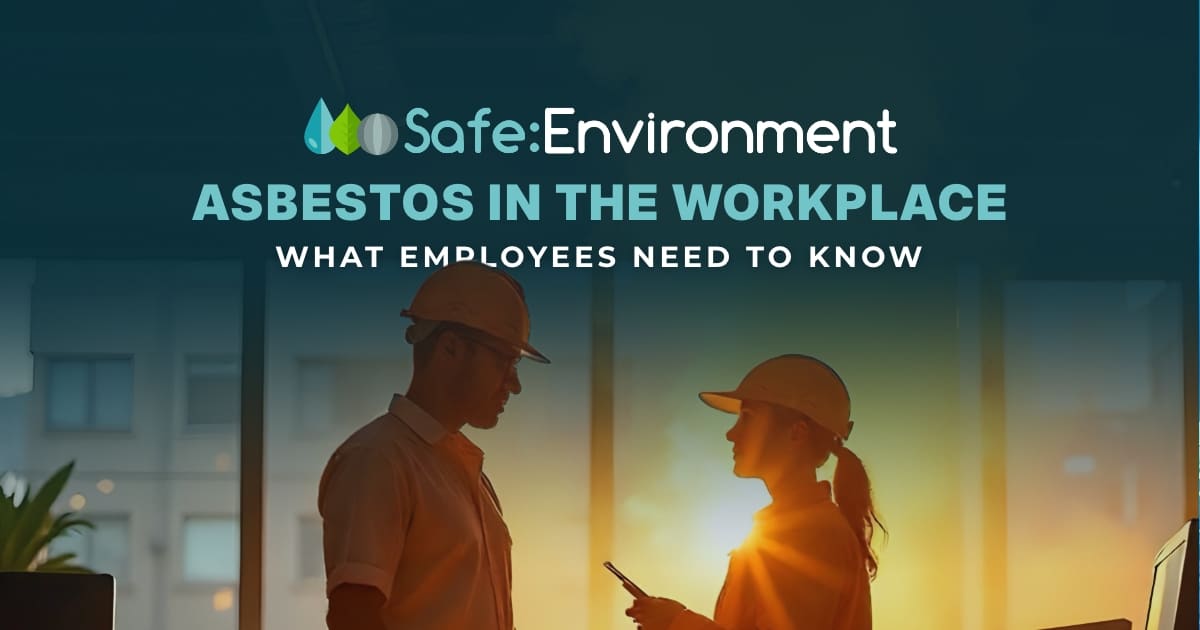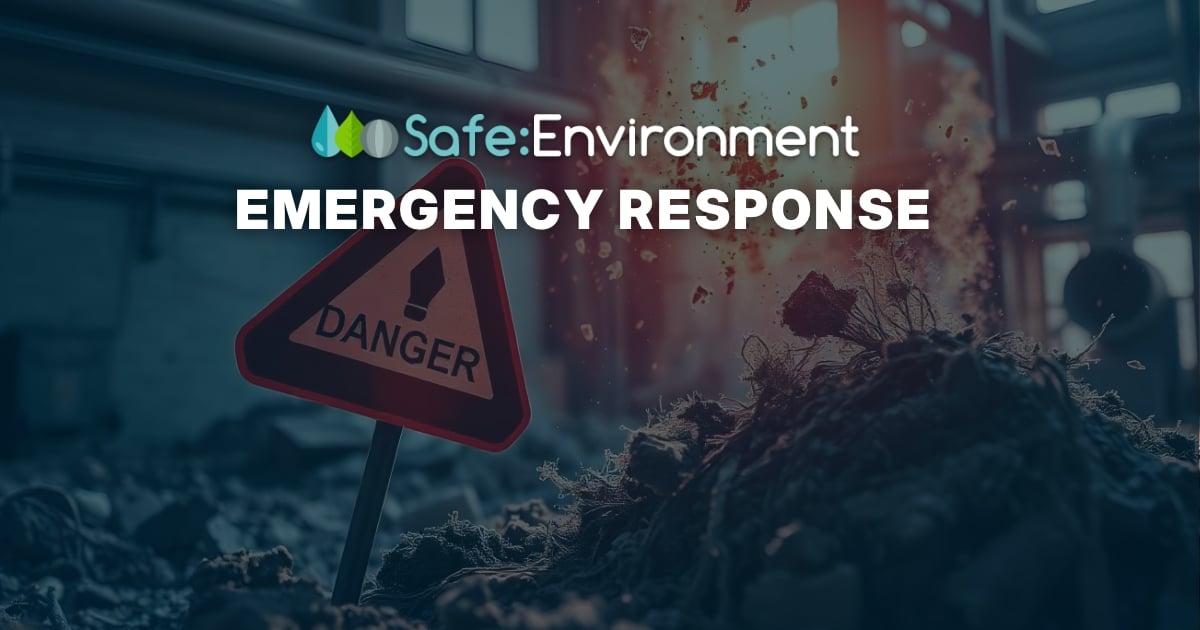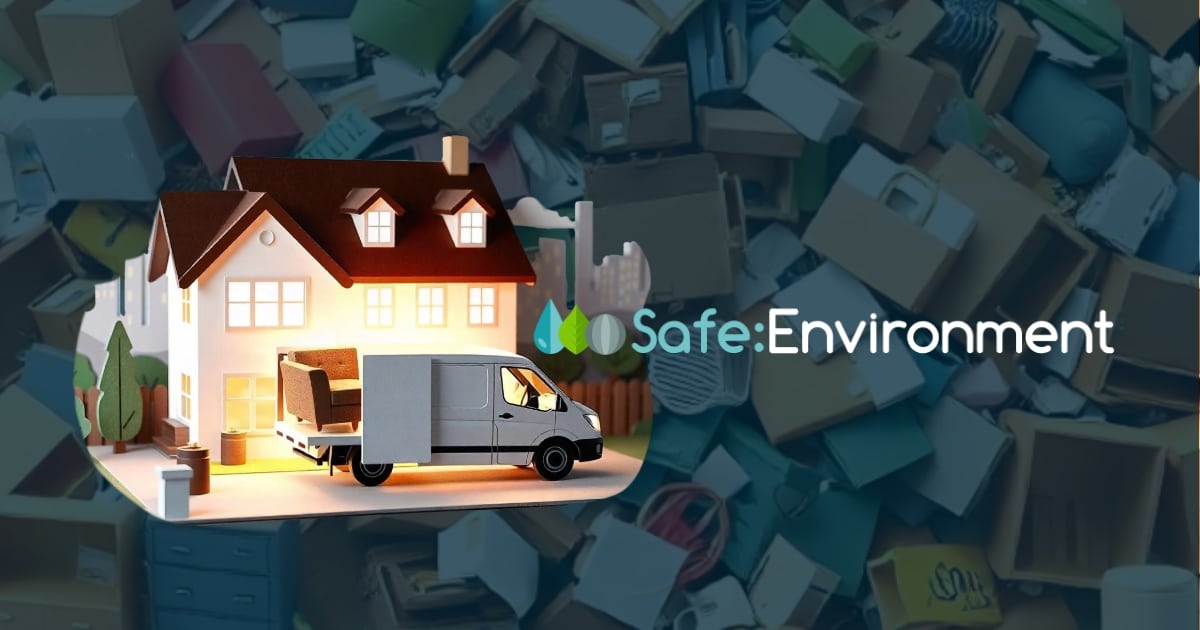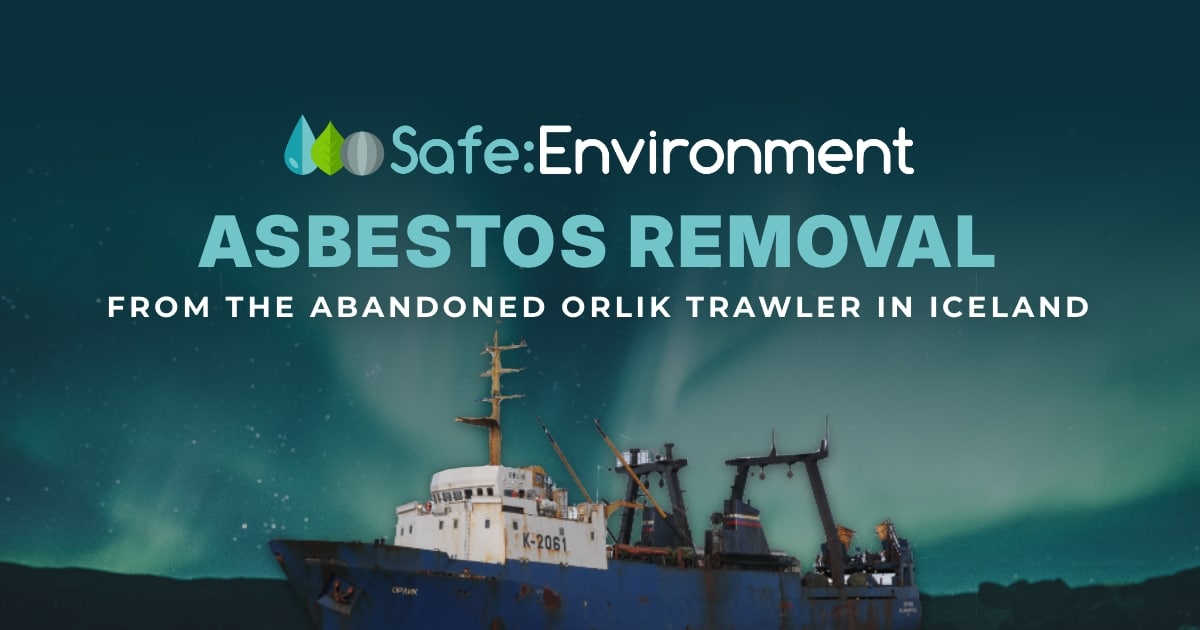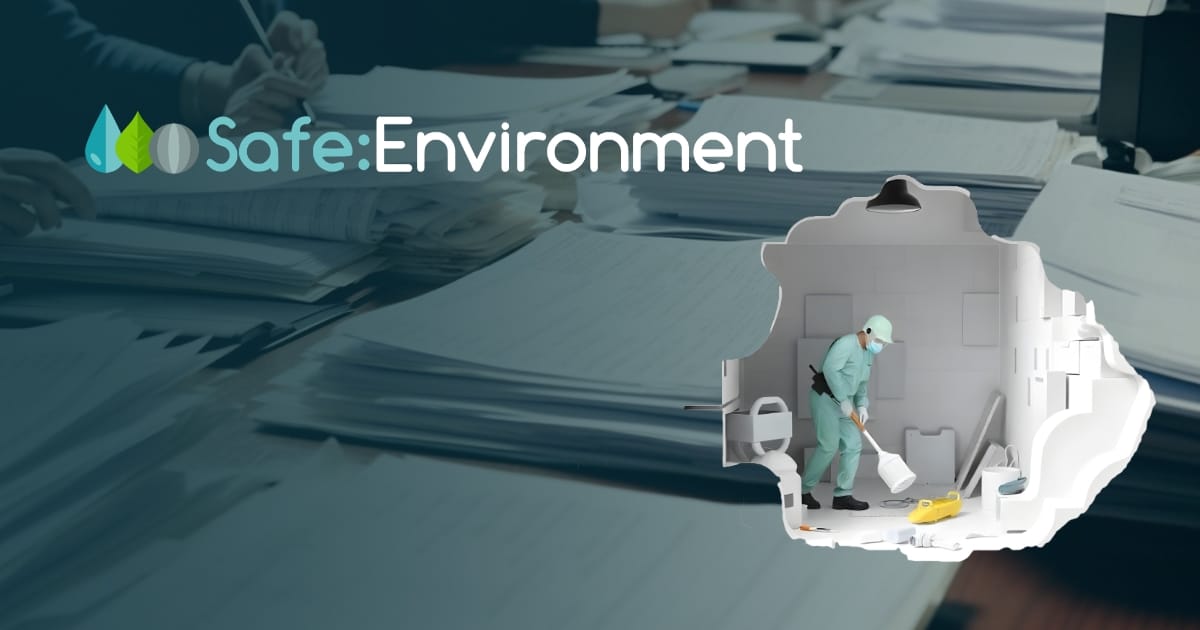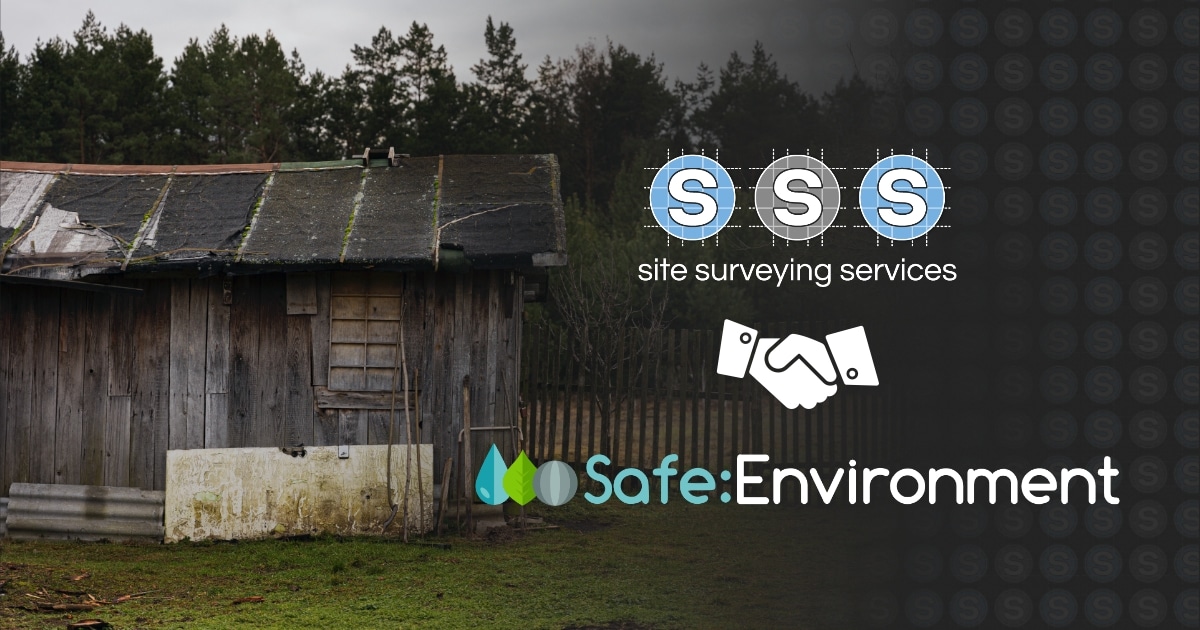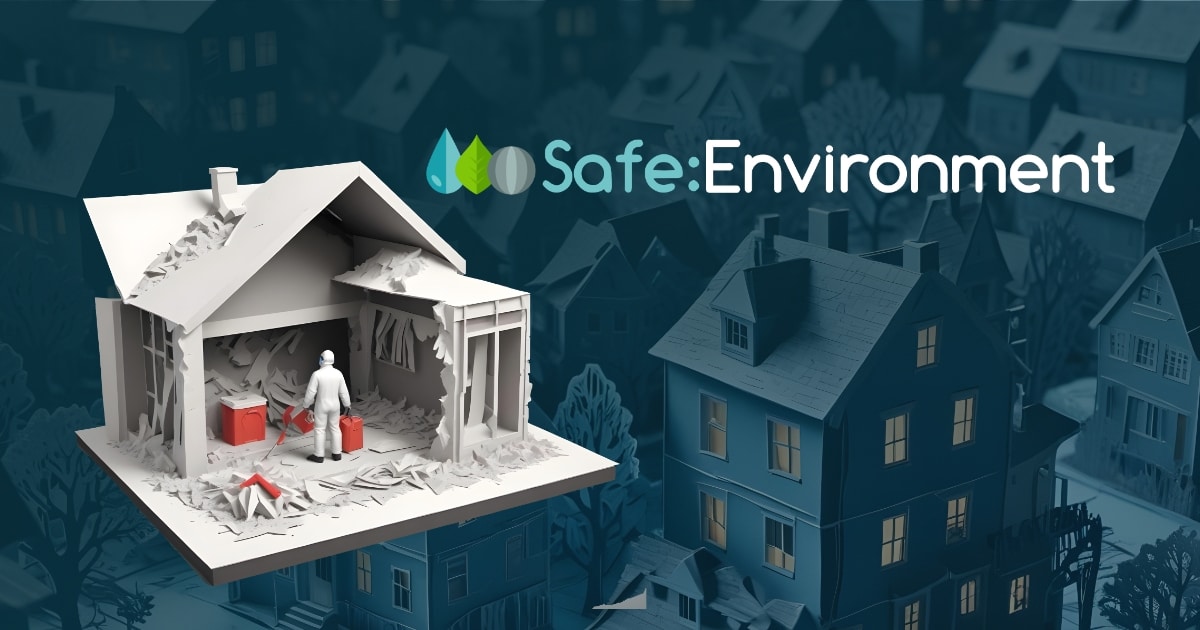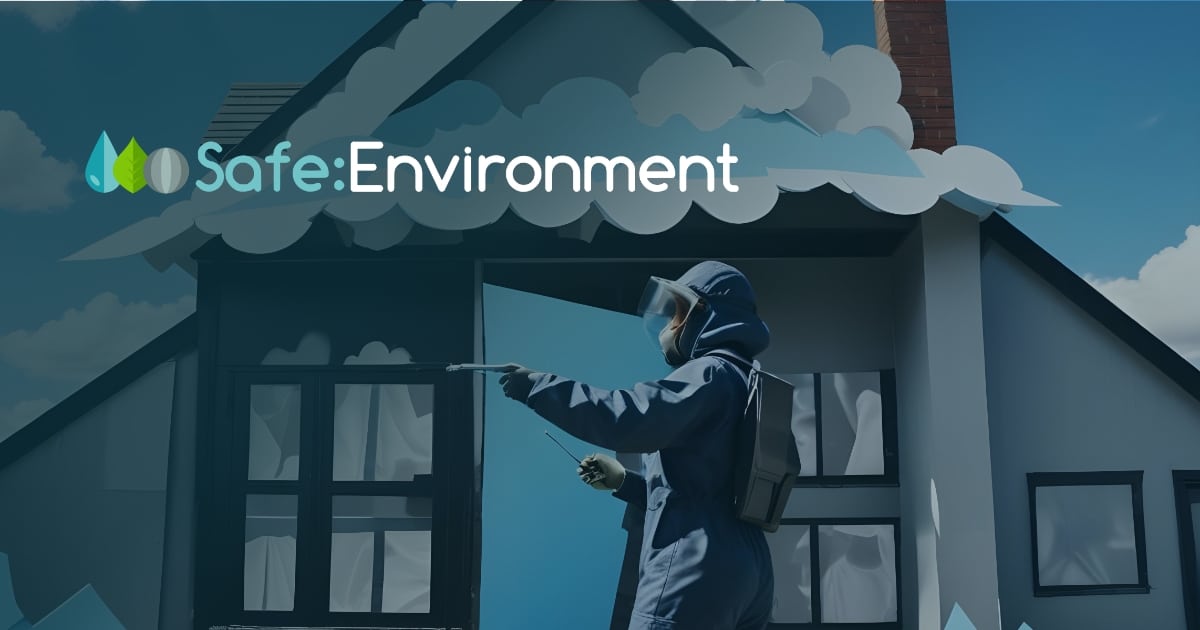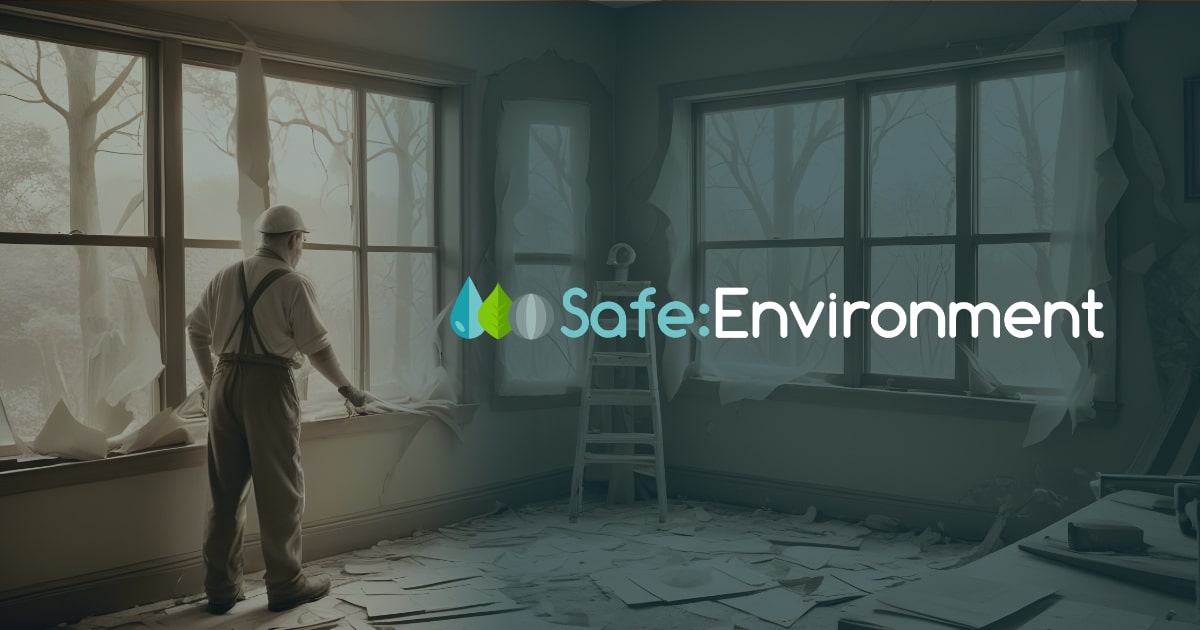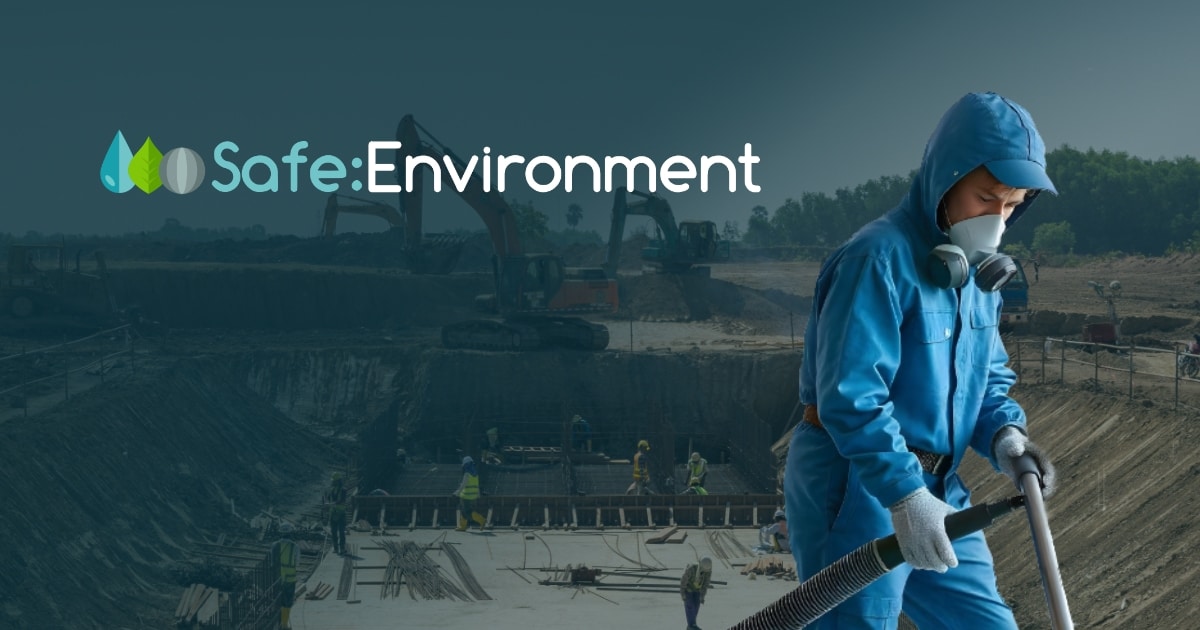Asbestos, once a popular building material due to its durability and heat-resistant properties, is now known for its serious health risks. Consequently, the UK government has implemented strict regulations around the handling and removal of asbestos to protect both workers and the public. This blog post provides an overview of the legal requirements for asbestos removal in the UK, helping homeowners and businesses understand their responsibilities.
Understanding Asbestos Regulations in the UK
The primary legislation governing asbestos management and removal in the UK is the Control of Asbestos Regulations 2012 (CAR 2012). These regulations apply to any non-domestic premises and domestic properties if work might disturb asbestos. Here are the key provisions you need to know:
1. Duty to Manage Asbestos
Under CAR 2012, anyone responsible for maintaining or repairing a non-domestic building, such as landlords, employers, or property managers, has a “duty to manage” asbestos. This means they must:
Identify Asbestos: Conduct an asbestos survey to locate any asbestos-containing materials (ACMs) within the property.
Assess the Risk: Determine the condition of the asbestos and whether it poses a risk of releasing fibers into the air.
Prepare an Asbestos Management Plan: Develop a plan detailing how the risks will be managed, including monitoring the condition of the asbestos and deciding whether to leave it in place, encapsulate it, or remove it.
Inform and Train: Ensure anyone who may come into contact with asbestos, such as maintenance workers, is informed of its presence and trained in safe handling procedures.
2. Licensing Requirements for Asbestos Removal
Not all asbestos removal work requires a license, but more hazardous work does. The Health and Safety Executive (HSE) specifies three types of asbestos-related work:
Licensed Work: This involves higher-risk activities such as removing asbestos insulation or sprayed coatings. Only HSE-licensed asbestos removal contractors can carry out licensed work. They must follow stringent safety protocols, including setting up enclosures, using specialist equipment, and decontaminating the site.
Notifiable Non-Licensed Work (NNLW): This involves lower-risk activities where asbestos is in a more stable form, such as asbestos cement or textured coatings. While a license is not required, the work must be notified to the HSE, and employers must maintain records of the work and provide medical surveillance for workers.
Non-Licensed Work: This covers work with materials containing a low density of asbestos or asbestos in a non-friable form. No notification to the HSE is required, but employers must still ensure workers receive appropriate training and follow safety guidelines.
3. Safety Measures During Asbestos Removal
During asbestos removal, strict safety measures must be adhered to, including:
Risk Assessment and Method Statement (RAMS): A detailed risk assessment and method statement must be prepared before any asbestos removal work begins. This document outlines the specific hazards and the steps to mitigate them.
Personal Protective Equipment (PPE): Workers must wear appropriate PPE, such as disposable coveralls, gloves, and respiratory protective equipment (RPE), to prevent exposure to asbestos fibres.
Air Monitoring and Clearance Testing: Air monitoring may be required during and after asbestos removal to ensure asbestos fibres are not present in the air. Once the work is complete, a licensed asbestos analyst conducts clearance testing to confirm the area is safe for reoccupation.
Waste Disposal: Asbestos waste must be double-bagged, labelled, and disposed of at a licensed asbestos waste disposal site. It is illegal to dispose of asbestos waste in general waste bins or unlicensed facilities.
4. Training and Competence
Employers are legally obligated to ensure that all workers who may come into contact with asbestos are adequately trained. Training should cover:
Asbestos Awareness: Understanding the dangers of asbestos and how to avoid disturbing it.
Non-Licensed Asbestos Work: Safe handling practices for low-risk asbestos work.
Licensed Asbestos Removal: Comprehensive training for high-risk work, including the use of specialised equipment and emergency procedures.
5. Penalties for Non-Compliance
Failure to comply with asbestos regulations can result in severe penalties, including fines and imprisonment. The HSE takes breaches of asbestos regulations very seriously, as they directly impact public and worker health. Recent prosecutions have highlighted the legal and financial consequences of failing to manage asbestos safely.
Final Thoughts
Asbestos removal in the UK is strictly regulated to protect public health and safety. Whether you’re a homeowner, landlord, or business owner, understanding your legal responsibilities is crucial to ensuring safe asbestos management and compliance with the law. If you suspect asbestos in your property, always seek professional advice and never attempt DIY asbestos removal. Licensed asbestos contractors have the expertise and equipment to manage asbestos safely and in accordance with legal requirements. By adhering to the regulations, you can help prevent asbestos exposure and protect the health of your family, employees, and the wider community



